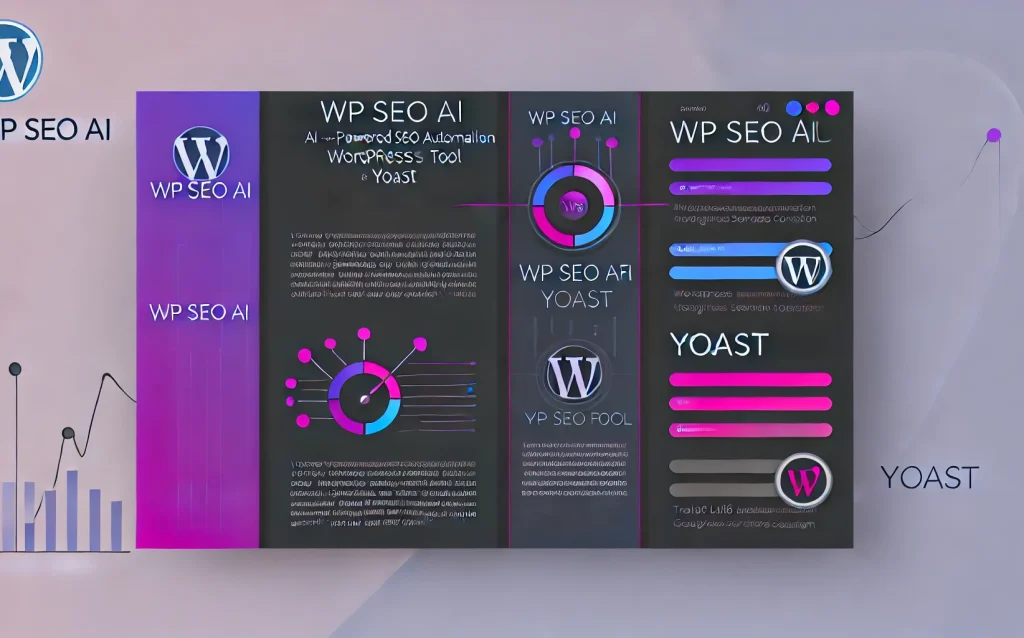Ever wondered if you’re focusing on the right linking strategy to boost your website’s rankings? You’re not alone. The SEO world often pits backlinks against internal links in a battle for priority, leaving business owners confused about where to invest their time and resources. While both are essential parts of your SEO arsenal, they work in different ways and deliver varying results. Let’s cut through the confusion and explore which linking strategy might give you the edge in search rankings.
Understanding backlinks vs internal links
Think of backlinks as votes of confidence from other websites. When quality sites link to your content, they’re essentially telling search engines, “This content is valuable and trustworthy.” These external links act as endorsements that signal your site’s credibility to Google and other search engines.
In contrast, internal links are connections you create between pages on your own website. They help visitors navigate your site and discover related content. But they do more than just improve user experience – they also help search engines understand your site structure and content hierarchy.
The fundamental difference lies in their origin: backlinks come from external domains while internal links exist within your own site. Search engines interpret these differently too. Google views quality backlinks as independent endorsements that carry significant ranking weight, while internal links help establish site architecture and spread link equity throughout your pages.
How backlinks impact domain authority
Backlinks remain one of the most powerful ranking signals in search algorithms. They function as trust signals, with each quality link transferring a portion of the linking site’s authority to yours. This concept originated with Google’s PageRank algorithm and continues to be a cornerstone of SEO today.
Not all backlinks are equal, though. Links from relevant, authoritative sites in your industry carry more weight than random links from low-quality sources. When The Guardian links to a finance blog, that carries more weight than a link from an obscure, unrelated website.
Backlinks also help your website by:
- Increasing your domain authority over time
- Helping search engines discover new pages on your site
- Passing topical relevance when they come from related sites
- Driving referral traffic alongside SEO benefits
The quality of your backlink profile often correlates directly with your ability to rank for competitive terms. Sites with diverse, natural backlink profiles typically outperform those with fewer quality links, regardless of on-page optimization efforts.
Internal linking for user experience
While backlinks get much of the glory, internal linking creates the backbone of your site’s architecture. A thoughtful internal linking strategy can transform how users interact with your content and significantly improve key engagement metrics.
Good internal linking makes your site feel intuitive. When visitors easily find related information, they stay longer, explore more pages, and connect more deeply with your brand. This reduces bounce rates and increases average session duration – signals that indirectly influence your SEO performance.
Strategic internal linking also:
- Creates clear pathways to your most important conversion pages
- Distributes page authority throughout your site
- Establishes content hierarchies that help search engines understand your most important pages
- Keeps older content accessible and relevant
By carefully linking to related content with descriptive anchor text, you’re not just helping search engines – you’re creating a better experience for real humans. When visitors can easily find what they need, they’re more likely to return and become customers.
Measuring SEO impact: Metrics comparison
How do you know if your linking efforts are paying off? The impact of backlinks and internal links can be measured through different metrics that reveal their unique contributions to your SEO success.
| Metric | Backlinks Impact | Internal Links Impact |
|---|---|---|
| Domain Authority | Direct positive influence | Minimal direct impact |
| Ranking Improvements | Often significant for target pages | Gradual improvement across site |
| Page Views | Increases through referral traffic | Increases through better navigation |
| Time on Site | Minimal direct impact | Significant positive impact |
| Crawl Efficiency | Helps discover new content | Improves overall site indexing |
For backlinks, track referring domains, new vs. lost links, and anchor text distribution. Tools like Ahrefs or Semrush can help monitor these metrics. For internal links, focus on user behavior metrics like pageviews per session, time on site, and the number of pages visited.
The conversion impact of both strategies can be assessed through properly segmented analytics, though internal linking typically shows more direct correlation with conversion improvements due to its role in guiding users through your sales funnel.
Why most businesses fail with linking strategy
Despite understanding the importance of links, many businesses struggle to implement effective linking strategies. These common pitfalls can undermine your SEO efforts:
With backlinks:
- Chasing quantity over quality, resulting in toxic links that can trigger penalties
- Using exact-match anchor text too frequently, which appears manipulative
- Relying on outdated tactics like directory submissions or forum comments
- Failing to disavow harmful links that may be dragging down rankings
With internal linking:
- Creating overly complex navigation that confuses both users and search engines
- Using generic anchor text like “click here” that provides no contextual value
- Neglecting to update internal links when content changes
- Creating orphan pages that aren’t linked from anywhere on your site
Perhaps the biggest mistake is approaching these strategies in isolation. Your linking strategy should be part of a cohesive SEO plan that considers both external and internal link building as complementary efforts.
Which linking strategy delivers faster results?
If you’re looking for quick wins, internal linking typically delivers faster visible improvements. You control the implementation, so changes can be made immediately without waiting for third-party action. A thorough internal linking audit and restructuring can show positive movement in rankings within weeks, particularly for pages that were previously under-linked.
Backlink building, however, is a longer game. Quality links take time to acquire through content creation, outreach, and relationship building. While a single high-authority backlink can sometimes create notable ranking jumps, sustainable backlink growth usually takes months to significantly impact your search visibility.
The timeframe expectations also vary by business type:
- New websites typically see faster relative gains from backlinks as they establish initial authority
- Established sites with content depth often benefit more quickly from internal linking improvements
- Local businesses may see faster results from backlinks from regional sources
- E-commerce sites often see quick wins from product-to-product internal linking
Remember that while internal linking may deliver faster initial results, backlinks often provide more substantial long-term ranking power – especially for competitive keywords.
Synergistic approach: Combining both strategies
Rather than viewing backlinks and internal links as competing strategies, smart SEOs use them in tandem to amplify results. Here’s how to create a balanced approach:
- Prioritize your cornerstone content – Identify your most valuable pages and focus both backlink acquisition and internal linking efforts on strengthening these key assets
- Follow the link equity flow – When you earn a powerful backlink to one page, make sure it links internally to other important pages to distribute that authority
- Use internal links to support newer content – Link from established, already-ranking pages to new content to help it gain traction faster
- Create content hubs – Develop clusters of related content that link to each other and to a central pillar page, which becomes your primary target for backlink acquisition
This integrated approach ensures that when you earn valuable backlinks, their impact is maximized across your site through strategic internal linking. Meanwhile, your improved internal structure helps search engines better understand and rank all your content.
The most successful websites don’t choose between backlinks and internal links – they leverage both in a coordinated strategy that builds authority while creating an intuitive, valuable user experience. By understanding how these different link types complement each other, you can develop a linking strategy that drives sustainable SEO growth.






